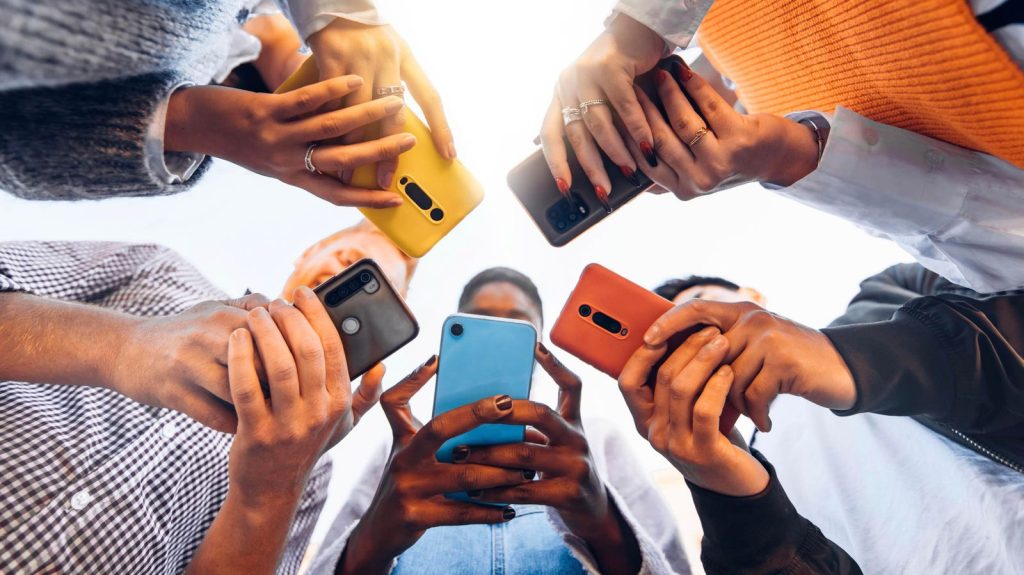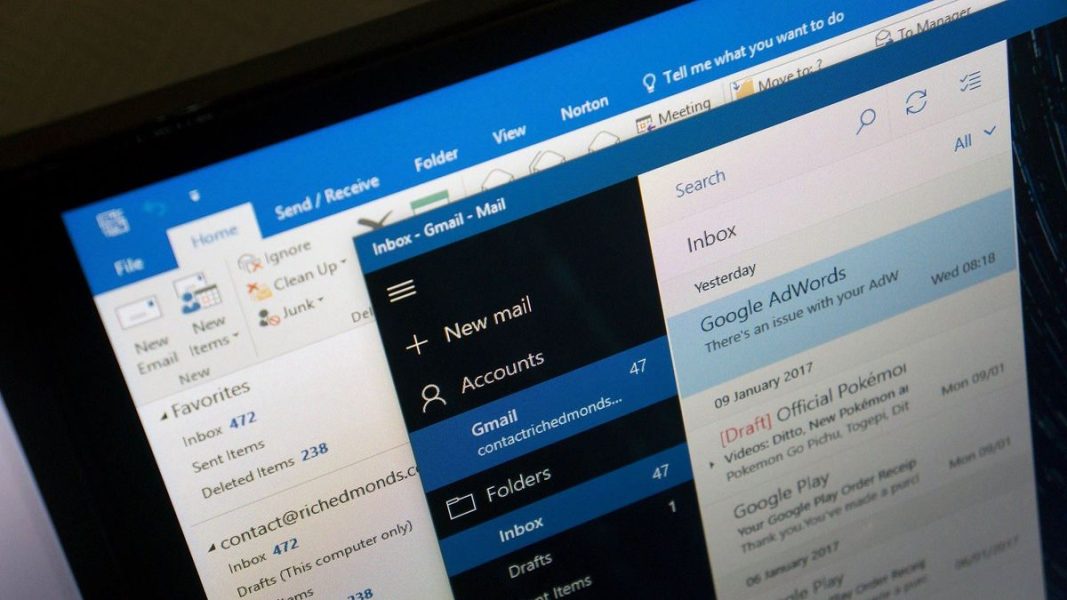Android, iPhone Security Alert—Act Now, 24% Of All Users At Risk – Forbes

Researchers reveal number one smartphone security threat.Smartphone hacks come in many different guises, from the recent Amazon account hackers to a WhatsApp broken link threat, and do not click attacks against billions of email users. While some are very much hardware-based and high-tech, the examples already referenced are all pretty simple, pretty commonplace and pretty dangerous. Here’s what all Android and iPhone smartphone users need to know as 24% are confirmed exposed to this singular security threat.When it comes to your smartphone, and specifically the security risks that ownership brings along for the ride, you might think that malware or even physical theft would be top of the list as far as victims are concerned. Not so, according to researchers from Omdia who have confirmed that, in actual fact, the number one threat to Android and iPhone users, all of them, is phishing.According to the latest Omdia mobile device scorecard report, some 24% of Android and iPhone users had been exposed to a phishing attack. In testing carried out for the assessment, Omdia researchers said that anti-phishing security protection was not up to scratch across all premium smartphone devices. While it singled out the Google Pixel 9 Pro and Samsung Galaxy S24 as doing better than other Android phones, as well as the Apple iPhone 16 Pro, none were able to intercept all of the phishing attacks employed. These included phishing threats dispatched by emails and texts, as well as phone calls.”Despite the latest protections in place by some manufacturers, it is difficult to protect 100% against phishing attempts,” Hollie Hennessy, principal analyst at Omdia, said, “highlighting the severity of the issue and potential impact to consumers.” When consumers were asked if their trust following a security issue increased or decreased depending on how it was dealt with, “73% reported they had reduced trust in the smartphone brand and operating system developer,” Omdia senior analyst Aaron West said.All smartphone manufacturers and operating system developers are working hard to mitigate the risk of phishing attacks on their users, that should go without saying. Simply search for the name of your smartphone with a “phishing advice” modifier and you’ll be able to catch up with what they are doing for you. When it comes to Google, it has introduced a number of AI models that help prevent phishing attacks breaking through when it comes to email-based attacks, for example, and Apple has plenty of sound advice for iPhone users. I would highly recommend reading up on the risk lest you fall victim to the most common smartphone security threat yourself.“Smartphone manufacturers can,” Hennessy said, “as demonstrated by the more advanced phishing protection capabilities available, and should have a better baseline of phishing protection.” Hennessy suggested that the baseline should include voice call protection and that all Android devices should be “making use of Google’s Safe Browsing protections.” However, this does need to be paired with security awareness activity from both “manufacturers and the wider industry to help consumers be vigilant and prepared,” Hennessy concluded.One Community. Many Voices. Create a free account to share your thoughts. Our community is about connecting people through open and thoughtful conversations. We want our readers to share their views and exchange ideas and facts in a safe space.In order to do so, please follow the posting rules in our site’s Terms of Service. We’ve summarized some of those key rules below. Simply put, keep it civil.Your post will be rejected if we notice that it seems to contain:User accounts will be blocked if we notice or believe that users are engaged in:So, how can you be a power user?Thanks for reading our community guidelines. Please read the full list of posting rules found in our site’s Terms of Service.



